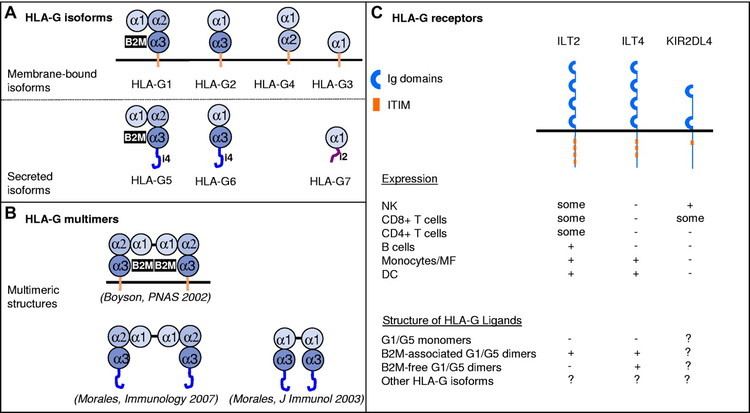Entrez 3135 | Ensembl n/a | |
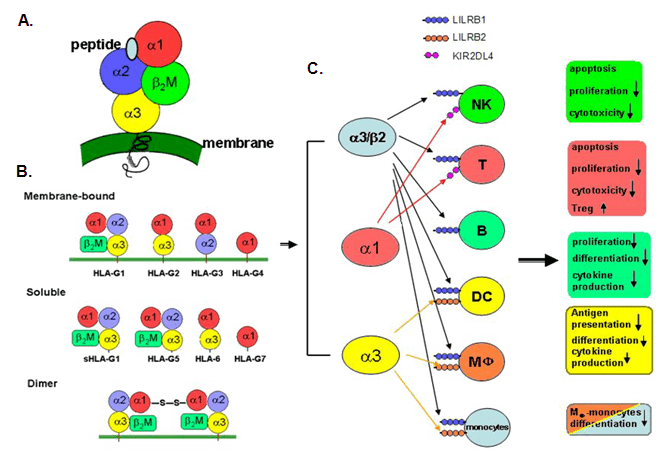 | ||
Aliases HLA-G, MHC-G, HLA-G, major histocompatibility complex, class I, G External IDs MGI: 95915 HomoloGene: 133255 GeneCards: HLA-G | ||
Gene music using protein sequence of hla g major histocompatibility complex class i g
HLA-G histocompatibility antigen, class I, G, also known as human leukocyte antigen G (HLA-G), is a protein that in humans is encoded by the HLA-G gene.
Contents
- Gene music using protein sequence of hla g major histocompatibility complex class i g
- Medical vocabulary what does hla g antigens mean
- Function
- Interactions
- References
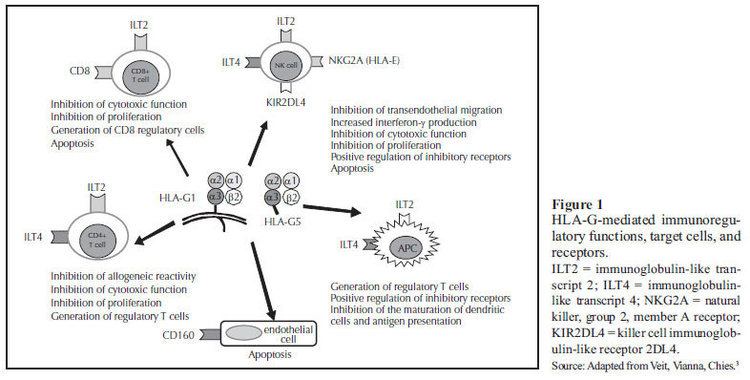
HLA-G belongs to the HLA nonclassical class I heavy chain paralogues. This class I molecule is a heterodimer consisting of a heavy chain and a light chain (beta-2 microglobulin). The heavy chain is anchored in the membrane. HLA-G is expressed on fetal derived placental cells. The heavy chain is approximately 45 kDa and its gene contains 8 exons. Exon one encodes the leader peptide, exons 2 and 3 encode the alpha1 and alpha2 domain, which both bind the peptide, exon 4 encodes the alpha3 domain, exon 5 encodes the transmembrane region, and exon 6 encodes the cytoplasmic tail. Exon 7 and 8 are not translated due to a stop codon present in exon 6.
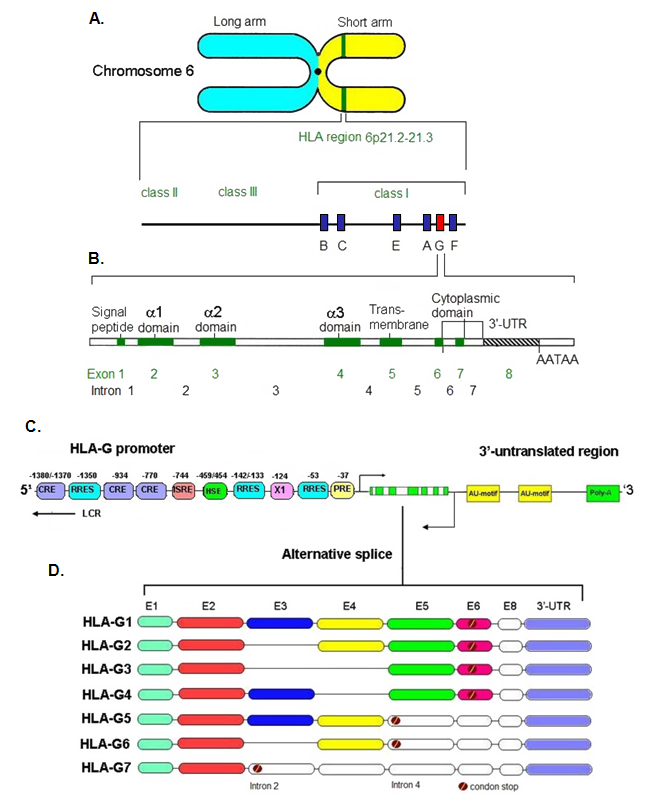
Medical vocabulary what does hla g antigens mean
Function
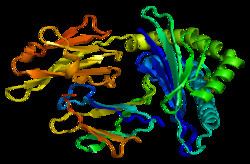
HLA-G may play a role in immune tolerance in pregnancy, being expressed in the placenta by extravillous trophoblast cells (EVT), while the classical MHC class I genes (HLA-A and HLA-B) are not. As HLA-G was first identified in placenta samples, many studies have evaluated its role in pregnancy disorders, such as preeclampsia and recurrent pregnancy loss. its downregulation is related to HLA-A and -B downregulation results in protection from cytotoxic T cell responses, but would in theory result in a missing self response by natural killer cells. HLA-G is a ligand for NK cell inhibitory receptor KIR2DL4, and therefore expression of this HLA by the trophoblast defends it against NK cell-mediated death.

However, a large family with several members bearing only "null" HLA-G alleles has been found. None of these homozygous subjects have pregnancy or birth difficulties; nor do they present immunodeficiencies, autoimmune diseases, or tumors. It is striking that this "null" allele (HLA-G*01:05N), while it is quite frequent in some populations, like in Iranians, it is almost absent in some Amerindian populations. Also, some higher primates do not show all MHC-G isoforms. In addition, Cercopithecinae middle-sized Old World monkeys do not bear full MHC-G molecules since all of these monkeys present stop codons at MHC-G DNA. All of these anomalies must be studied.
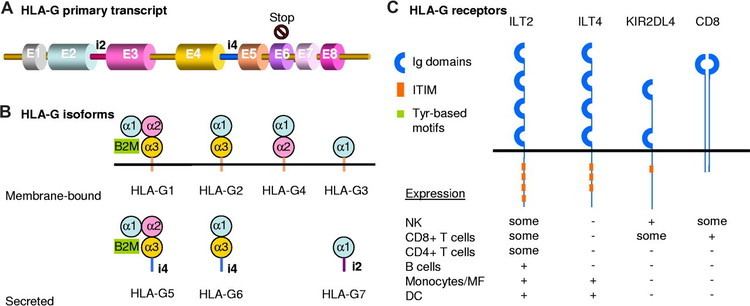
The presence of soluble HLA-G (sHLA-G) in embryos is associated with better pregnancy rates. In order to optimize pregnancy rates, there is significant evidence that a morphological scoring system is the best strategy for the selection of embryos. However, presence of soluble HLA-G might be considered as a second parameter if a choice has to be made between embryos of morphologically equal quality.
Interactions
HLA-G has been shown to interact with CD8A.
